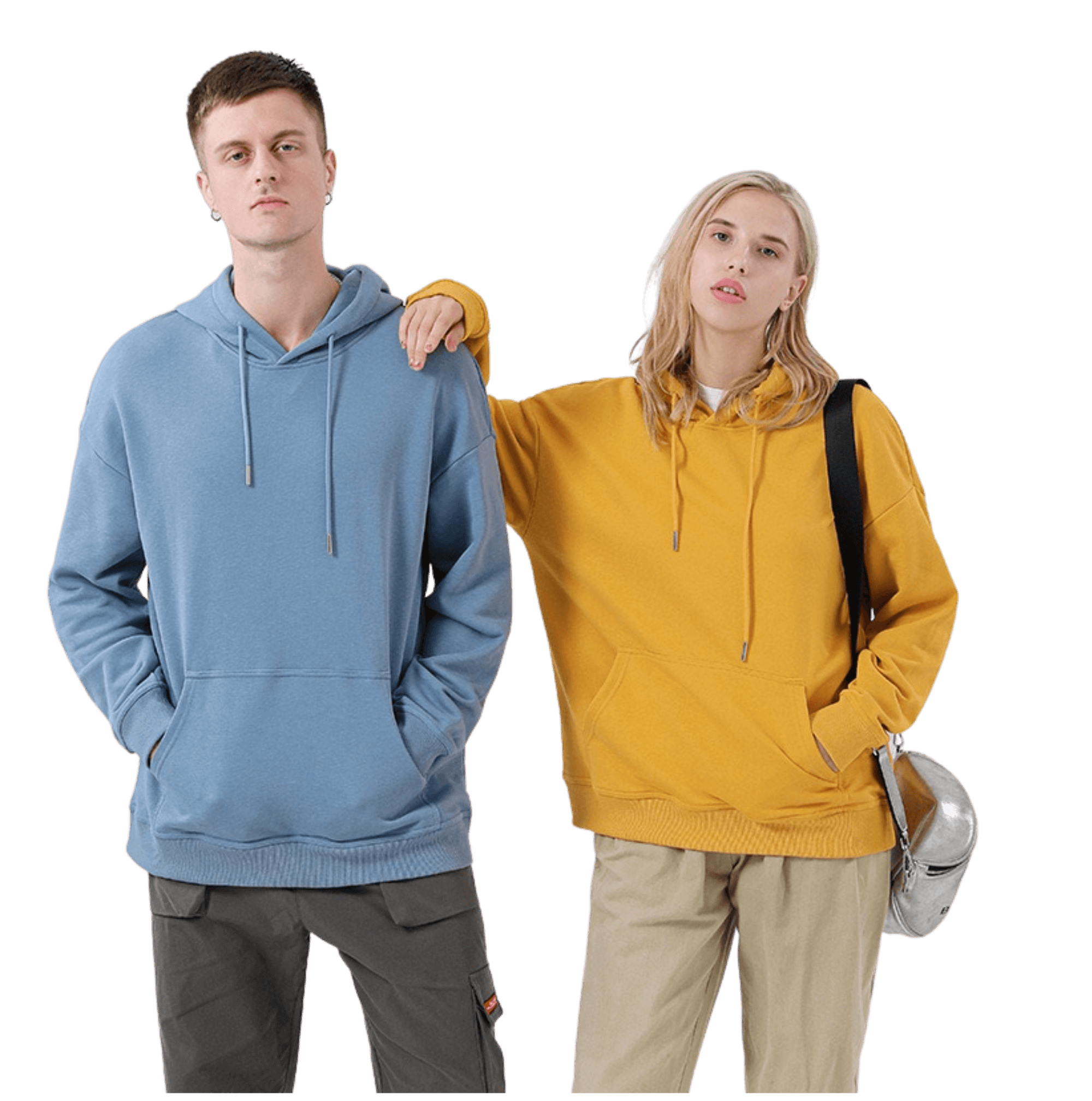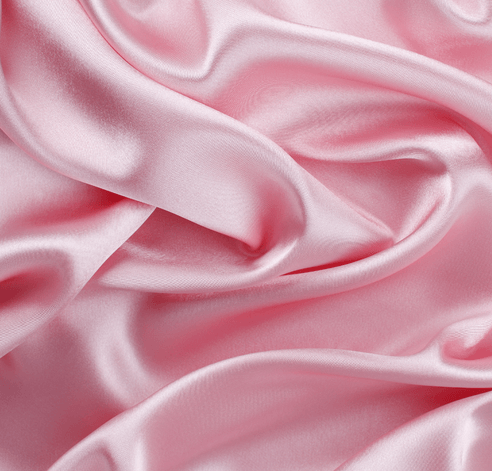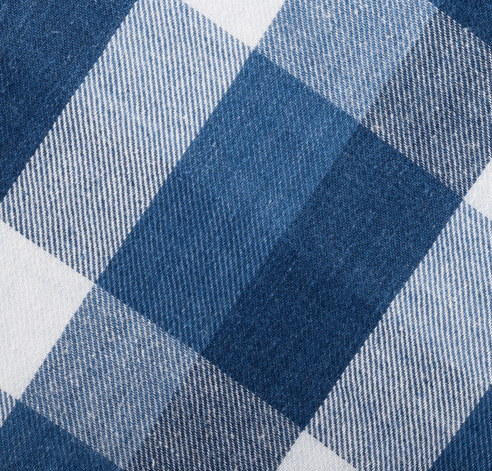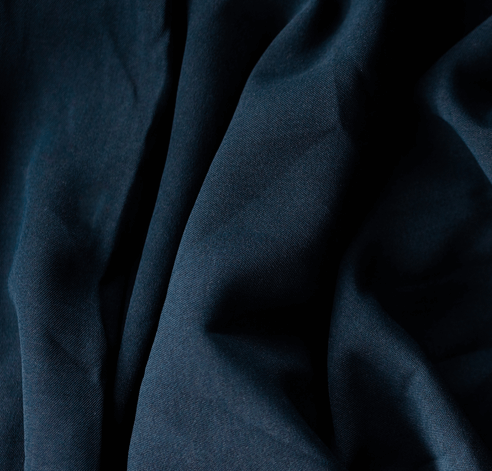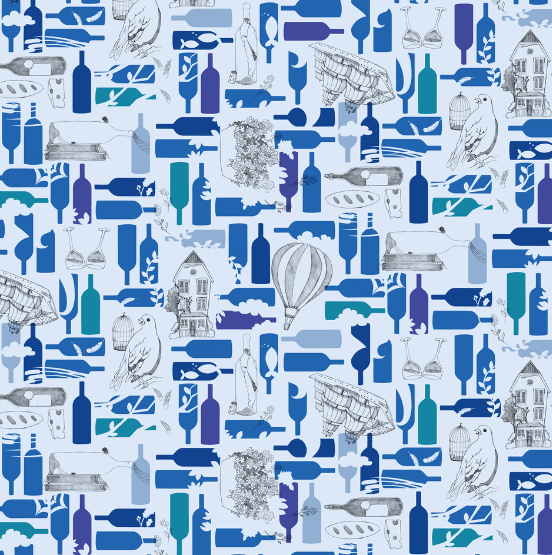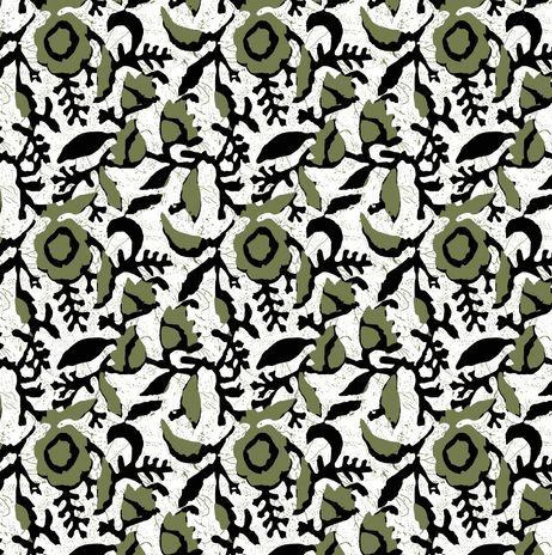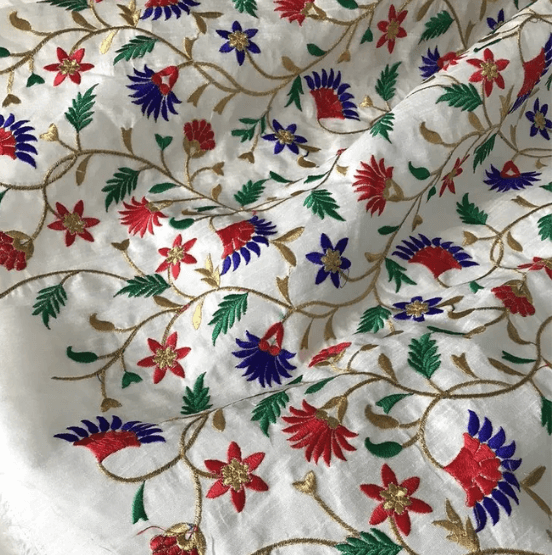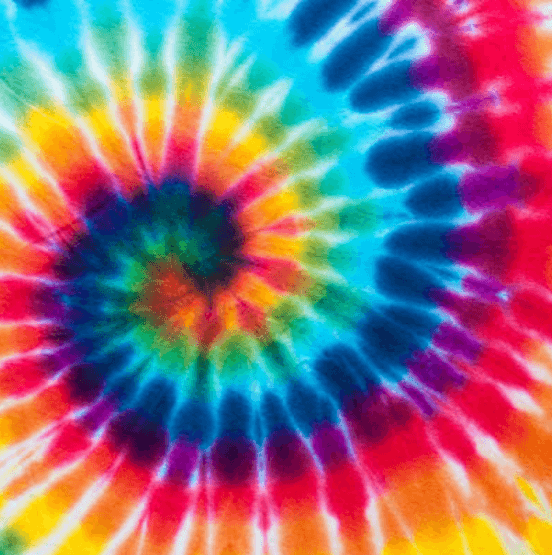1. A Brief Introduction to Garments Industry
The garment industry is a huge and ever-growing sector that covers the production of all types of clothing and accessories. It employs many people, both directly and indirectly, and it is a source of income for many countries. The industry can be divided into two main categories: garment manufacturing and textile manufacturing.
Garment manufacturing is the process of making clothes from cloth, while textile manufacturing is the process of making fabric from yarn. The global garment industry has been facing several challenges in recent years. One of the most pressing challenges is the rise of labor costs in developing countries where most garments are manufactured.
This has led to a shift in production away from these countries to other countries where labor costs are lower, such as Bangladesh, Cambodia, and Vietnam. As a result, there has been an increase in the number of small clothing manufacturers in these countries.
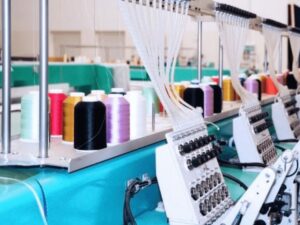
2. The History of the Garment Industry
The garment industry has a long and storied history, dating back to the early days of human civilization. Clothing has always been an important part of human culture, and the garment industry has played a central role in shaping the course of human history.
The modern garment industry can be traced back to the industrial revolution in the 18th century. At that time, mechanized production methods led to a dramatic increase in the output of clothing items. This led to a huge surge in demand for garments and propelled the garment industry into its modern form.
Since then, the garment industry has continued to grow and evolve, adapting to changing trends and technologies. Today, it is one of the most important sectors of the global economy, generating billions of dollars in revenue every year.
3. 6 Stages of Garment Manufacturing
The garment manufacturing process is a complex and multi-step process. The exact number of steps will vary depending on the specific garment and the company producing it, but there are generally six main stages. Each stage of the process requires expertise and careful attention to detail to ensure that the final product meets the highest standards.
Step#1 Planning
In the case of garment manufacturing, this includes creating sketches or designs of the garments, choosing fabrics and trims, and deciding on production methods.
Step#2 Sourcing
The next step is sourcing all of the materials that will be needed for production. This includes everything from the fabrics to the manufacturer that will be producing your garments.
Step#3 Pattern-Making
The next step is to create patterns for the garments. This is a critical step in the process, as the patterns will be used to cut and sew the fabric into the final garment. This will be done along with the help of your manufacturer to ensure that the pattern is correct and that the final garment will fit correctly.
Step#4 Sample-Making
The next step is to create a sample of the garment. This is important to do so that you can check the fit, style, and construction of the garment before it goes into production.
This stage also includes grading the pattern to create different sizes. Your garments should fit all human sizes, so it is important to grade the pattern accordingly.
Step#5 Revisions and Adjustments
After the sample is made, it is time for revisions and adjustments. This is the stage where you make changes to the pattern or design of the garment based on the feedback from the sample. Once all of the changes have been made, it is time to move on to production.
Step#6 Production
The final step in the garment manufacturing process is production. This is where the garments are cut and sewn according to the patterns and specifications that have been created. It is usually done by batch to keep costs down and ensure that all of the garments are identical.
Once production is complete, the garments are ready to be shipped out to your warehouse or fashion boutique.
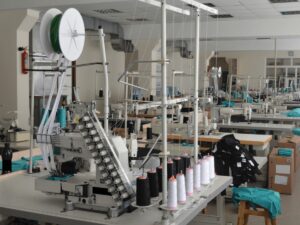
4. Basic Requirements to Set Your Brand
Any business owner looking to set up their brand should be aware of the four basic requirements: mission statement, logo, tagline, and brand colors. Once these essentials are determined, you can begin to spread the word about your business through marketing and advertising initiatives.
Mission Statement
A small business’ mission statement should be a clear and concise description of what the company does or intends to do. The mission statement is often used as a rallying cry for employees, so it should be something that inspires them to work hard and represent the brand well.
Logo
A strong logo is one of the most important visual elements of any small business. It should be simple and easy to remember so that customers can easily identify your company. The logo should also be relevant to the products or services that you offer.
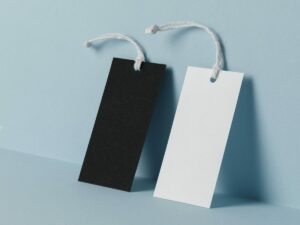
Tagline
A tagline is a short phrase that sums up the main objective of your small business. It should be catchy and memorable so that it can be used in advertising and marketing materials.
Brand Colors
The colors you choose for your small business should be reflective of the brand’s personality. For example, if you are selling environmentally-friendly products, you may want to use green in your branding. Brand colors can be used in all aspects of your business, from your website to your packaging.
5. The Process to Start Your Own Garment Line
So, you want to set up your brand? Congratulations! It’s a great time to be in business. The fashion industry is growing and there are more opportunities than ever to get involved. But where do you start?
There are a few key things you need to do before you can start selling your garments:
Step#1 Choose Your Niche
The first step to starting your garment line is to choose your niche. What kind of clothing do you want to sell? Who is your target market? Once you know what kind of garments you want to sell, you can start looking for a small garment factory that specializes in that type of clothing.
Step#2 Find a Small Garment Factory
The next step is to find clothing manufacturer company that can help you produce your garments. You’ll want to find a factory that has experience working with small businesses and that offers competitive pricing. You can get quotes from multiple small clothing manufacturing companies before you make your decision.
One manufacturer you may want to consider is Hongyu Apparel. With over 20 years of experience and expertise in clothing manufacturing, we can help you produce high-quality garments for your start-up brand.
We offer competitive pricing and can work with small businesses to create custom clothing solutions. Contact us today to know more about our services!
Step#3 Create Your Designs
Once you’ve found a small scale garment factory, it’s time to start creating your designs. If you’re not a designer yourself, you’ll need to hire one. Once you have your designs ready, you can send them to the factory for sample making.
Step#4 Get Samples Made
This is important because it allows you to see how your garments will look and feel once they’re produced. It also allows you to make any necessary changes to your designs before you start mass production.
The factory will send you a sample of each garment, along with a tech pack that includes all the information about the garment, such as size, fabric, color, etc.
Step#5 Place Your Order
Once you’re happy with the samples, you can place your order with the small clothing manufacturer. Be sure to specify the quantity, type of garments, and any other important details. Once your order is placed, the factory will start production.
Step#6 Promote Your Clothing Line
There are a variety of ways you can promote your business. You can start a website, build a social media following, or even open your own fashion boutique store. Whatever marketing strategy you choose, make sure you’re promoting your clothing line in a way that will reach your target market.
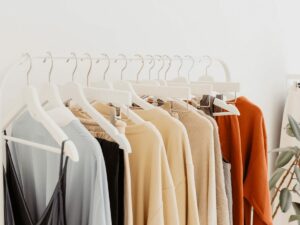
6. Costs Associated to Start Your Own Clothing Line
As with any business venture, there are always costs associated with getting started. When starting your clothing line, there are a few main cost areas you will need to consider. Below is a summary of these costs as well as the average price you can expect to pay for each:
| Costs Associated to Start Your Own Clothing Line |
| Product Development Costs |
$500 to $5,000 |
| Production Costs |
$2 to $20 per garment |
| Shipping Costs |
depending on the quantity being shipped and the distance it needs to travel |
| Labeling and Packaging Costs |
$0.25 to $1 per garment |
| Other Business Expenses |
few hundred dollars to several thousand dollars per month |
Product Development Costs
This is the process of designing and prototyping your garments before they are sent to production. On average, you can expect to spend between $500 to $5,000 on product development costs.
Production Costs
These are the costs associated with actually manufacturing your garments. Production costs will vary depending on the type of garment you are producing, the materials used, the quantity being produced, and the country in which it is being produced. On average, production costs can range from $2 to $20 per garment.
Shipping Costs
After your garments have been produced, they will need to be shipped to you, unless you are manufacturing them in-house. Shipping costs will vary depending on the quantity being shipped and the distance it needs to travel. Typically, shipping from Asian countries like China costs less than shipping from other countries.
Labeling and Packaging Costs
Once your garments have arrived, you will need to label them and package them for sale. Labeling and packaging costs can range from $0.25 to $1 per garment.
Other Business Expenses
In addition to the costs directly associated with your clothing line, you will also need to consider other business expenses, such as the cost of setting up a website, marketing your products, and hiring employees.
These costs can range from a few hundred dollars to several thousand dollars per month. You may also want to factor in rental expenses, utility bills, as well as the cost of business permits and taxes.
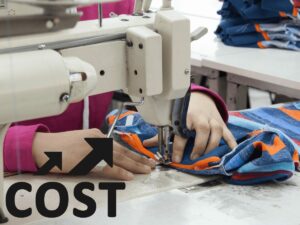
7. How to Work With Small Garment Factory
When you are working with a mini garment factory, it’s important to keep the following five steps in mind:
Step#1 Define Your Needs up Front
Be clear about your design, quantities, timeline, and budget from the start. This will help the factory understand your expectations and give you a better chance of getting what you want.
Step#2 Communicate Frequently
Because they are smaller, small production clothing manufacturers may not have the same resources as their larger counterparts. This means that communication is key to keeping production on track. Set up weekly or bi-weekly check-ins to track progress and address any issues that come up.
Step#4 Be Flexible on Timelines and Quantities
While you should still have a firm idea of when you need your garments and how many you need, be prepared to be flexible on both counts.
Small scale clothing manufacturers may not be able to meet your original timeline, but they can often make up for it by being able to produce more garments per day than a large factory. Similarly, they may not be able to meet your desired quantity, but they can often produce a higher quality product than a mass-producing facility.
Step#4 Review Samples Carefully Before Production Begins
Once you’ve finalized your design, ask for samples from the factory so you can double-check that everything is correct before they begin production. This step is especially important if you’re working with a new or relatively unknown factory.
Step#5 Be Patient but Persistent
Working with small clothing factories can be challenging, but it can also be rewarding. Be patient when hiccups happen and remember that communication is key to keeping things on track. If you’re persistent and flexible, you’ll find that working with small factories can be a great way to get high-quality garments at a lower price point than working with larger companies.
8. 5 Tips to Choose the Perfect Garment Factory
If you’re in the process of setting up a new clothing line, one of the most important decisions you’ll make is choosing the right garment factory to partner with. There are a lot of factors to consider, but here are five of the most important:
#1 Location
You’ll want to choose a factory that’s conveniently located for both you and your target market. If your market is international, you might need to consider multiple factories in different regions.
#2 Capacity
Make sure the factory has enough capacity to handle your anticipated volume of orders. Otherwise, you could end up with long lead times and frustrated customers.
#3 Quality
You’ll want to partner with a factory that produces high-quality garments. But it’s also important to make sure that they have a good reputation for meeting delivery deadlines and following through on their commitments.
#4 Price
Of course, you’ll need to consider price when choosing a garment factory. But be sure to get quotes from several different factories before making your decision. Prices can vary widely, and it’s important to find a balance between cost and quality.
#5 Compatibility
Last but not least, it’s important to choose a factory that you feel like you can work well with. After all, you’ll be working closely together on a long-term basis, so you must be able to develop a good rapport.
Take your time and consider all of these factors carefully before choosing a garment factory to partner with. It’s an important decision that will have a big impact on the success of your business.
9. Common Mistakes to Avoid Before Launching Your Clothing Line
So, you’ve decided to launch your clothing line. Congratulations! But before you get too ahead of yourself, there are a few common mistakes that you’ll want to avoid if you want your business to be successful.
#1 Trying to Do Everything Yourself
While it’s important to be involved in the design process, it’s also important to delegate tasks and put together a team of experts that can help you with everything from manufacturing to marketing.
#2 Failing to Properly Research the Market
It’s not enough to simply come up with a few designs that you think are cool – you need to make sure that there is actual demand for the type of clothing that you’re planning on selling. This means taking the time to study trends and figuring out what your target customer is looking for.
#3 Neglecting the Importance of Branding
A third mistake is neglecting the importance of branding. In today’s competitive marketplace, it’s not enough to simply have great products, you need to make sure that your brand stands out from the crowd. This means having a unique visual identity and creating a strong social media presence.
#4 Underestimating the Costs
Finally, one other mistake that new clothing lines often make is underestimating the costs associated with launching and running a business. From fabric and production costs to marketing and website expenses, there are a lot of bills that need to be paid. So, make sure you have a solid financial plan in place before moving forward.
Avoiding these four mistakes will give you a much better chance of success as you launch your clothing line – so go forth and conquer the fashion world!
Dive Deeper Into Our Resources
Looking for more diverse product options? Browse through our handpicked selections:
For some insightful reads, we’ve curated a list of recommended articles just for you:
Still haven’t found what you’re looking for? Don’t hesitate to contact us. We’re available around the clock to assist you.
Conclusion
Starting a clothing line can be a very rewarding experience – but it’s not without its challenges. By understanding this guide, you can give yourself a better chance of success as you take the first steps on your journey to becoming a fashion brand!
If you are a fashion brand seeking a small garment factory to manufacture your clothing, Hongyu Apparel is the perfect partner. With over 20 years of experience in providing high-quality clothing products, we are equipped to meet your needs. Contact us today to learn more about our services and to get started on your garment line!

